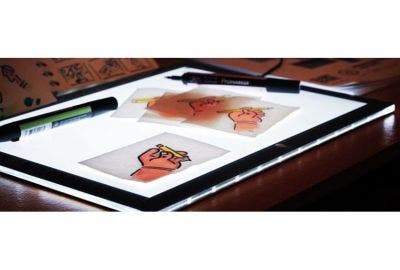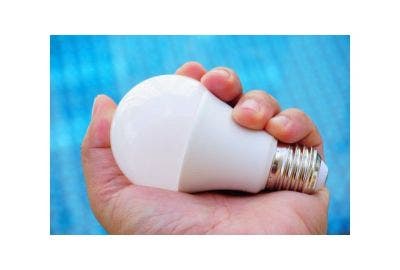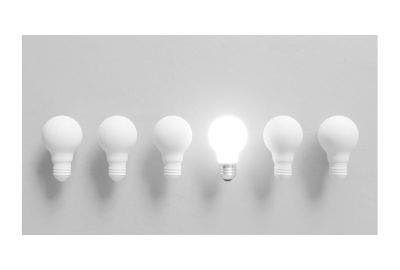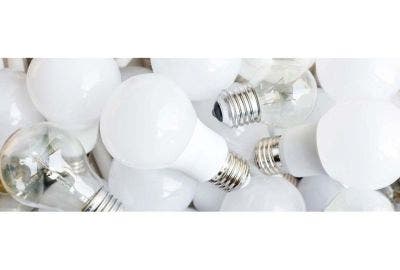Thinking of purchasing a lightbox? Well, the type you acquire should depend on the activity you need one for. Continue reading this blog to find out more about lightboxes, their uses, and what to think about before purchasing one.
Alternatively, if you are ready to order a lightbox, then Heamar offers a variety of styles, which are available in different shapes and sizes depending on your needs. Find these under Daylight Lighting and Native Lighting.
What is a lightbox?
Also known as a lightpad, a lightbox is made up of a flat surface of glass or plexiglass (plastic) that is evenly backlit by LEDs.
This straightforward piece of technology, which users can operate easily, is used by a lot of artists to assist them when drawing. This is because lightboxes allow for accuracy no matter what the conditions of the environment the artist is working in, i.e. the level of light.
Furthermore, a lightbox is perfect for when there are elements of a piece that need to be seen in high contrast, helping an artist speed up the process of drawing basic outlines and fine details.
Lightboxes can be used for drawing, but also for several other reasons, usually tasks that are of a creative nature.
Uses of a lightbox

The uses of a lightbox or lightpad are endless; however, some of the most common uses are listed below:
Tracing
The act of accurately copying an image onto a non-transparent piece of paper. For tracing on smaller pieces of paper, the Daylight A4 lightbox is ideal.
Before we go on any further, what is the difference between an A3 and A4 lightbox?
Well, A3 or A4 lightboxes mainly differ because of their size and the intensity of light they deliver. Whilst A4 lightboxes are smaller they are much brighter than A3 lightboxes.
Generally, A4 lightboxes are around 210x297mm and A3 lightboxes are around 297x420mm.
You should make sure that the size of the lightbox that you are using is compatible with the size of the paper you are working on.
Paper Piecing
The art of hand sewing fabrics onto a paper foundation to create intricate designs.
Embroidery
The craft of stitching patterns and images onto fabric using thread or other elements, such as beads and sequins.
Appliques
Ornamental needlework that consists of pieces of fabric, in varying shapes and sizes, that are attached to a larger background fabric to create pictures of patterns.
Quilting
The art of stitching three or more pieces of fabric together.
Scrapbooking
The process of arranging personal objects, such as photographs, and presenting them in book form.
Embossing
Creating a raised design on a variety of materials, such as paper.
Calligraphy
Practising different forms of decorative fonts.
As well as lightboxes, there are other types of lights for artists that can assist with their creativity, particularly when working on larger pieces, such as canvases, murals, and sculptures.
How do you use a lightbox?
Follow the step-by-step guide below when using your lightbox for the first time:
Remove any protective film, plastic, or coating from the screen.
Plug in your lightbox. Many lightboxes differ, so where some have a plug, others may have a USB cable.
Switch your lightbox on. Some lightboxes don't have a switch, which means that they should turn on automatically when connected to a power source. However, some will have an additional button that will need to be pressed for the light to work.
If required (and if your lightbox has this function), you can change the brightness of the light to suit your needs and the environment you are working in.
Start creating!
What To Think About When Buying A Lightbox
Screen Size
Think about what you want to use your lightbox for. This will determine the size of the lightbox you will need.
Also, think about if you want to take your lightbox out and about with you, therefore meaning you will need a portable lightbox. If this is the case, consider a lightbox that is A4 size.
Alternatively, Heamar offers a range of portable lamps, most of which are battery-powered or USB powered and can be easily folded away.
Power Supply
Consider whether you need a lightbox that is battery/USB powered or if a generic cable and plug will be sufficient.
It is worth noting that lightboxes that are battery/USB powered tend to have a weaker light output compared to ones that come with a plug. However, as previously mentioned, battery/USB powered have an advantage in the fact that they can be used anywhere.
Cable Length
Where in your home, office, or studio do you want to use your lightbox? Furthermore, where are the sockets located within the room you wish to work in? Once you have worked out these two factors, you should understand the length of cable you will need on your lightbox.
The native A4 lightbox has a cable length of 1.8 metres, so this will be a good choice if the position of your nearest socket is too far away from where you want to work.
Brightness
How bright do you wish your lightbox to be? Consider the light levels of the space that you will be working in. Will you be working in the mornings or evenings? The answers to these questions will determine the number of lumens you will require from your lightbox.
Remember, the smaller the lightbox the brighter the screen.
Temperature of Light
Before purchasing an LED lightbox for art, another aspect you should consider is the type of lightbox lighting you will need.
For example, do you require a lightbox that emanates light similar to daylight or one that has a cooler tone?
The colour temperature of a lightbox indicates the hue (colour) of the light. This is usually measured in degrees of Kelvin (K), ranging from 1,000 K to 10,000 K.
A lightbox that has a temperature under 3,000 exudes warm colours (a yellowish hue). Lightboxes that have a higher temperature emit a cool colour (a bluish hue).
If you decide to acquire a lightbox that emits light replicating daylight, then it is worthwhile knowing that there are many benefits of daylight lighting.
Daylight and Native Lighting Lightboxes
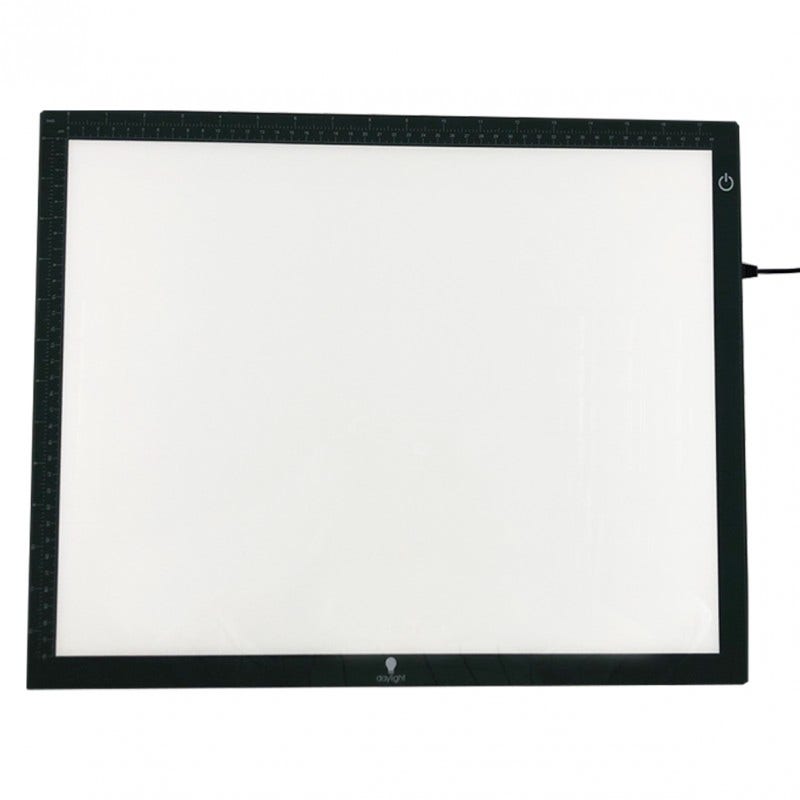
Heamar stocks both Daylight and Native Lighting.
Both brands' lightboxes are equipped with dimmable LEDs to provide the user with an even spread of light from edge to edge, and they emit low heat allowing for long periods of use.
If you’d like to learn more about these lightboxes, then visit the listings below:
You should now have a better understanding of the type of lightbox that will suit you and your needs. Lastly, if you are doing intricate work, then a daylight magnifying lamp may be a good option to relieve strain on your eyes.

